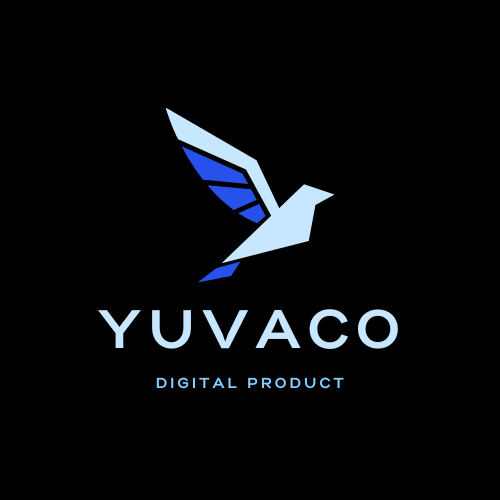Product roadmaps are an essential tool for startups to align their product development efforts with their business goals. A product roadmap provides a visual representation of a company’s product strategy, outlining the steps required to achieve product development objectives. However, creating a product roadmap can be a challenging task, particularly for startups, which may not have much experience in developing and implementing product strategies. In this essay, we will discuss best practices for developing and implementing a product roadmap for a startup.
The first step in developing a product roadmap is to define the product vision. A product vision outlines the long-term goal of the product and defines the company’s aspirations. It should provide direction for product development, and it must be aligned with the company’s overall vision and strategy. Startups should take the time to define their product vision clearly and ensure that it aligns with their business objectives.
Once the product vision is defined, the next step is to identify the high-level product requirements. These requirements should be developed by the product team, and they should be based on user research, market analysis, and stakeholder feedback. The requirements should be organized based on priority, and they should be linked to the product vision. It is essential to have a clear understanding of the requirements to develop a product roadmap that aligns with the company’s vision and strategy.
The next step is to create a product backlog. A product backlog is a prioritized list of product features that the product team needs to develop. The backlog should be regularly updated to ensure that the team is
Load failed
To develop the backlog, startups should follow these steps:
- Identify user needs: The product team should conduct user research to identify the needs and pain points of their target audience. This information can be used to develop user stories, which describe how users will interact with the product.
- Prioritize features: Once the user stories are developed, the product team should prioritize the features based on their importance to the user and the business. The prioritization can be based on factors such as user impact, development effort, and business value.
- Estimate effort: The product team should estimate the effort required to develop each feature. This will help to identify any potential roadblocks and ensure that the team has the resources required to develop the feature.
- Create a roadmap: Once the backlog is developed, the product team can create a roadmap that outlines the product development plan. The roadmap should provide a high-level view of the product development milestones, feature releases, and timelines.
- Share the roadmap: The product roadmap should be shared with all stakeholders, including the development team, management, and customers. This will ensure that everyone is aligned with the product vision and goals.
- Update the roadmap: The product roadmap should be updated regularly to reflect changes in the market, user feedback, and business objectives.
In conclusion, developing and implementing a product roadmap is critical for startups to achieve their product development objectives. By following the best practices outlined above, startups can create a product roadmap that aligns with their business goals and provides direction for the product development team. It is essential to regularly review and update the product roadmap to ensure that the team remains focused on the most important features and milestones
Contact Yuvaco for assistance in making your venture better documented and managed.

Leave a Reply